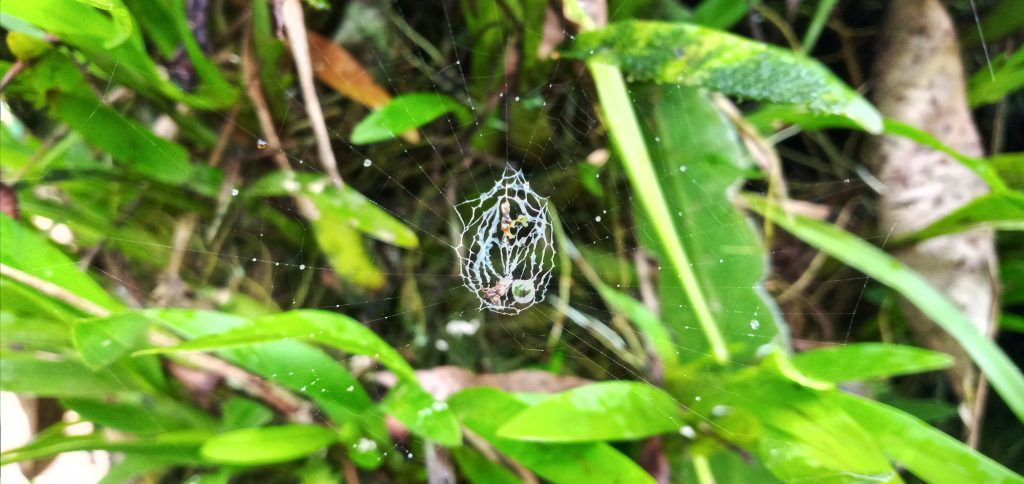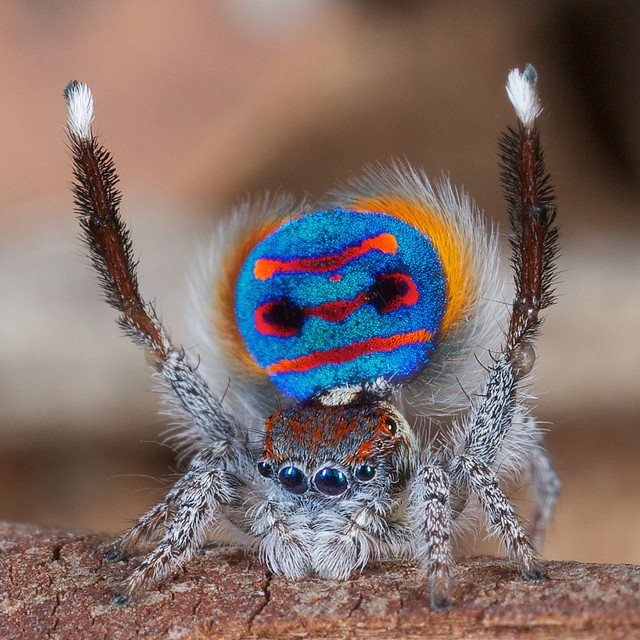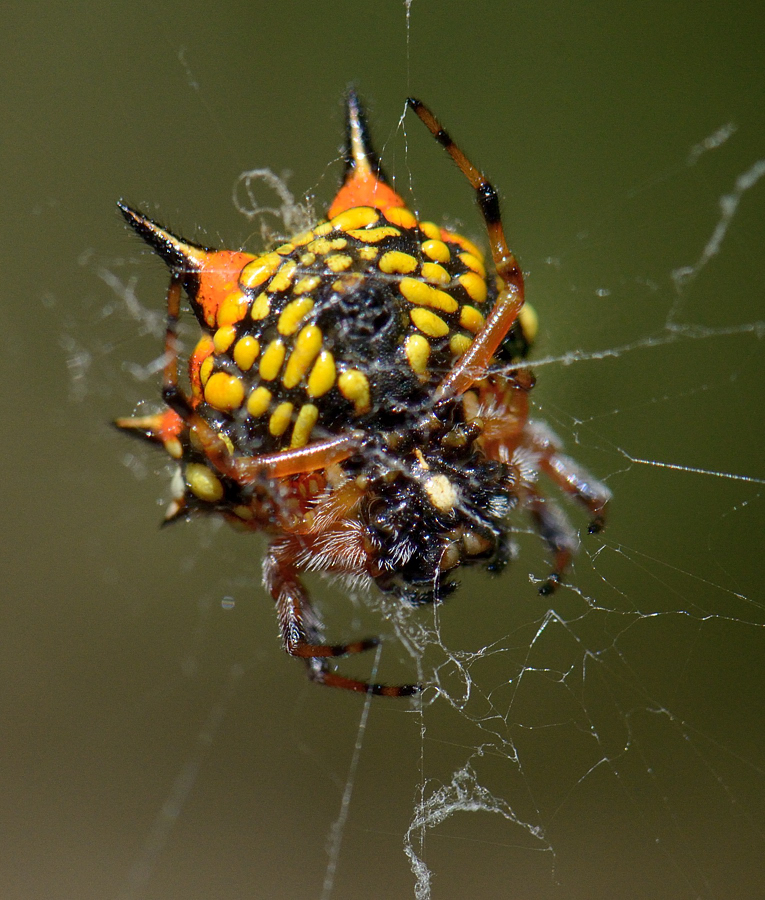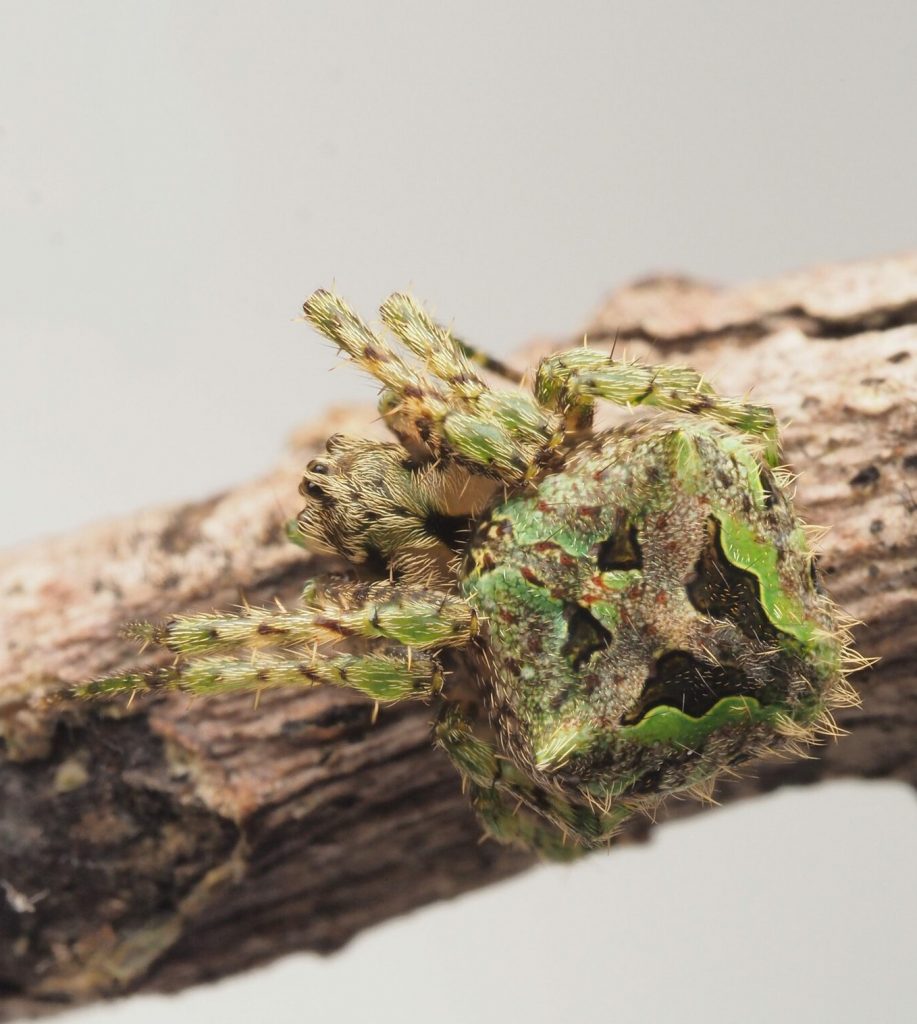Why not? There are now upwards of 50,000 named species worldwide, on every continent except Antartica. Chances are you cross paths with spiders frequently.
The vast majority are harmless. They’re actually helpful to humans. Without spiders to eat pests harmful to agriculture, it’s thought that our food supply would be at risk. And there would be a heck of a lot more mosquitoes, ants, and flies around!
Some people actually leave spiders alone in their houses to take care of these other household pests.
Is Everyone Afraid of Spiders?
Even so, spiders are far from popular. We all try to avoid things that make us feel uncomfortable, and most people are not comfortable with spiders!
If you give children a free option to tell researchers what sorts of things they fear the most, both boys and girls report “spiders” as their top fear (the second fear is being kidnapped, third is predators, and fourth is the dark).
Insight Pest conducted a survey about people’ fears, with the following results:
- The first question we asked in the survey was on the most frightening pests in general.
- Interestingly, the most frightening pest for most people is actually a snake.
- Spiders are second, followed by wasps.
- Men are more scared of snakes and wasps than women are, and women (24%) are more scared of spiders than men (17%).
- Level of spider fear (1-10): men 4.4, women 5.6
- Fear of spiders by age: 26% of those 18-34; 20% of those 35-54; 13% of those 55 and older.
- Level of spider fear (1-10): 5.1 for those 18-34, 5.0 for those 35-54, and 4.70 for those 55 and older.
Visit the website for more info on the worst place to find a spider, how people deal with spiders, who would tolerate a house infested with spiders, sleep problems related to spiders, etc.
FYI, to remove a spider in the house, put a clear plastic cup over it, slide a thick paper sheet under the cup and spider, and let it go outside.
Based on the literature, arachnophobia affects 2.7–6.1% of people in the general population and is significantly more prevalent among women than men. Arachnophobia differs from a fear in that a phobia is an intense and irrational fear. Most spider phobias are completely unwarranted. Only 0.5% of spiders are potentially harmful to humans and most of those are in Australia and South America.
Why Do We Fear Spiders?
Daniel Frynta at Charles University, Prague, and colleagues posit that we evolved to fear not “essentially harmless” spiders but a dangerous close relative with a similar body plan. Scorpions do pose a real threat, killing an estimated 2,600 people every year. Their data don’t prove that people generalize an evolved fear/disgust of scorpions to spiders. Unlike the vast majority of spiders, scorpions are also an ancient group, and species with a venom tailored to mammals are native to Africa and the Middle East — so our distant ancestors and dangerous scorpions could have evolved side-by- side. “Fear of scorpions therefore seems to be better warranted than fear of spiders,” the team writes. The corresponding conclusion is that our brains over-generalize, reacting to spiders in the same way.
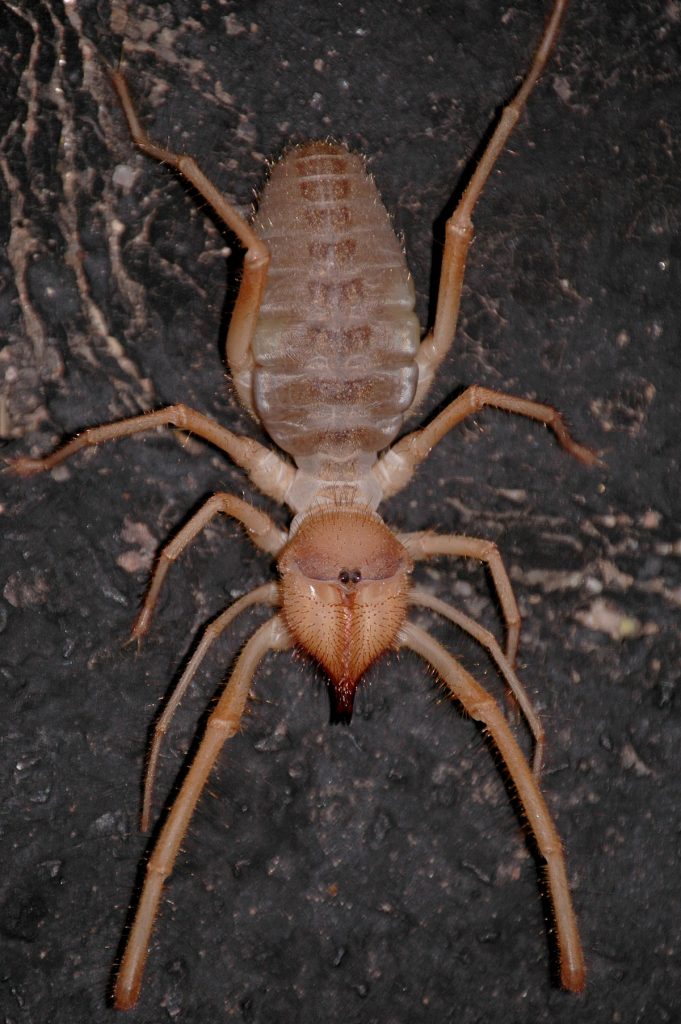
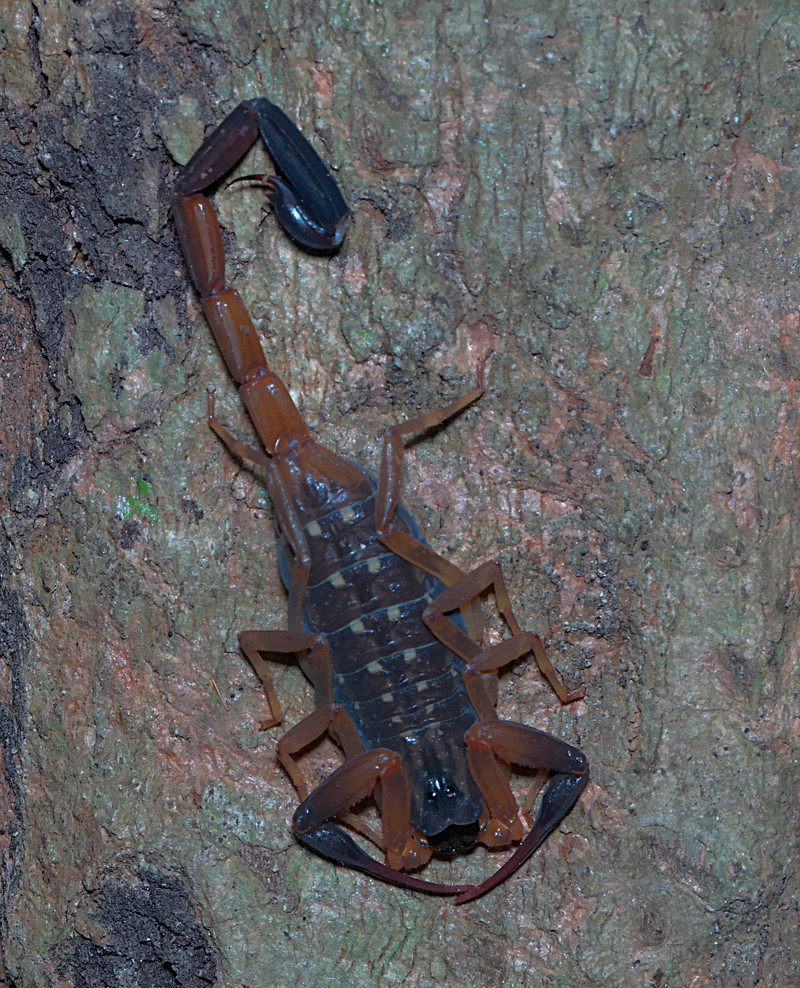
Other explanations of spider fears include classical conditioning following a traumatic incident, and learning from parents and those around the child.
Don’t Be Afraid!
Fun facts that may (or may not) make spiders seem less creepy.
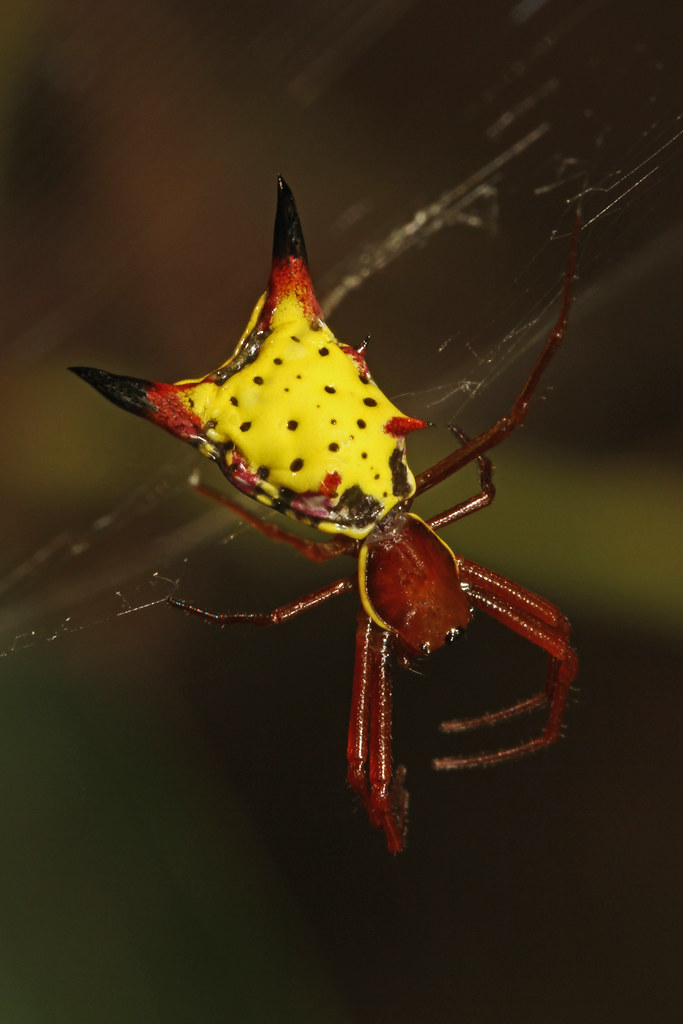
- Spiders are nearsighted.
- Females can lay up to 3,000 eggs at one time.
- Jumping spiders can jump up to 50x their own length.
- The ‘daddy long-legs‘ you see might not actually be a spider.
- There’s a spider with a cartoonish butt.
- Some spiders can jump on demand.
- Cannibal spiders look like pelicans.
- The tiny Samoan moss spider is .011 inch long (smaller than a typed period).
- The Goliath birdeater is a tarantula with a leg span of almost a foot.
According to National Geographic, most species are carnivorous, either trapping flies and other insects in their webs, or hunting them down. They can’t swallow their food as is, though—spiders inject their prey with digestive fluids, then suck out the liquefied remains.
Spiders are arachnids—i.e., their skeletons are on the outside—so they aren’t insects. They have eight legs, a body in two segments, a spinneret to exude incredibly strong silk, and fangs generally able to inject venom.
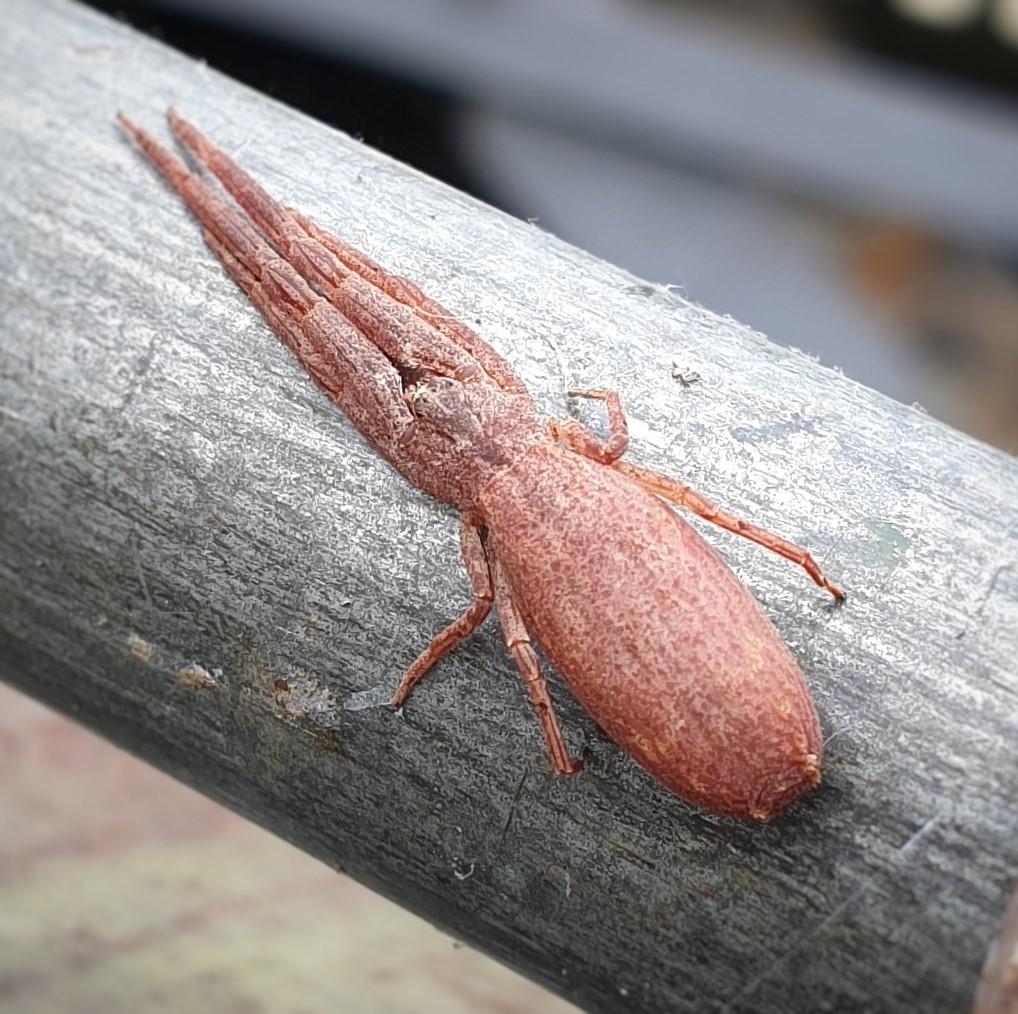
Though all spiders have venom to one degree or another, only a handful are dangerous to humans. Those include the black widow and the brown recluse, both found in the United States.
Though not all spider species build webs, every species produces silk, a strong, flexible protein fiber. They use the silk to climb, to tether themselves for safety in case of a fall, to create egg sacs, to wrap up prey, to make nests, and more.
Most spider species have eight eyes, though some have six. Despite all of those eyes, though, many don’t see very well.
A notable exception is the jumping spider, which can see more colors than humans can. Using filters that sit in front of cells in their eyes, the day-hunting jumping spider can see in the red spectrum, green spectrum, and in UV light.
Bottom Line: Wherever spider fears come from, they are as common as they are irrational. And spiders are fascinating!
